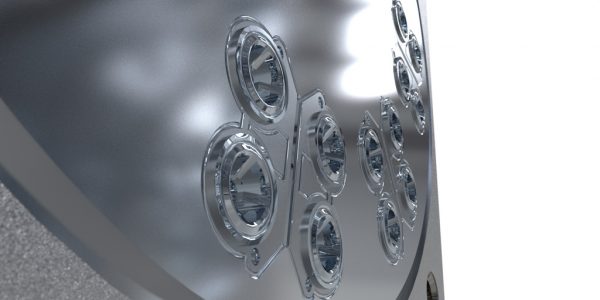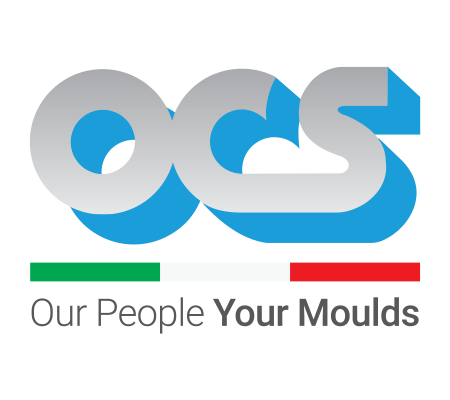Dolphins can communicate via ultrasound; physiotherapists can make diagnoses thanks to ultrasound and even your moulds can be cleaned with ultrasound!

The quality of your parts is guaranteed by the effective cleaning of your moulds. Today, we are talking about ultrasonic cleaning.
What is an ultrasound?
Ultrasounds are acoustic waves with a frequency of more than 20 kHz (20,000 Hertz). Consequently, they are inaudible to the human ear.
Why choose this type of cleaning?
Ultrasonic cleaning is the fastest and most effective method and, therefore, the most commonly used. It removes any residual smoke and rubber from the mould, even in undercuts, where manual cleaning would not be possible.
How does it work?
Ultrasonic cleaning uses high-frequency pressure waves (sounds) to agitate a liquid, usually made up of hot water and detergent. The pressure and depression waves in the liquid result in a phenomenon called “ultrasonic cavitation“, that is, they create bubbles (called “cavitation”) which implode.
This reaction helps by removing any residual dirt even in the hidden area. If you produce technical rubber items, you will know that it is essential to clean any rubber residue from the mould.
What are the benefits?
1- Ultrasonic cleaning does not involve any abrasion of the surfaces and does not damage or ruin corners and edges, acting only on dirt that has deposited or is stuck on the surface, even in the innermost parts.
2- Thanks to this process, all the parts of the mould, even the most inaccessible ones and those that cannot be reached using other systems, are affected by the ultrasonic action and are perfectly clean and intact even after numerous treatments
For which materials is it suited?
The greater the compression and decompression action, the more powerful the forces acting on the dirt deposited on the metal will be. Ultrasonic cleaning virtually eliminates all types of residues and pollutants.
For example, if your company produces technical items in rubber or O-rings, this type of cleaning is perfect to remove the residues.
In addition, ultrasonic cleaning is also suitable for cleaning away rust, release agents, oil, grease, rubber residues, scale deposits, oxidisers, processing and polishing pastes, pigment dyes and paints.
How can you clean your moulds with this technique?
To carry out the ultrasonic cleaning it is necessary that in the ultrasonic tank together with the cleaning solution there is an ultrasound transducer that generates waves, fed in turn by a current generator that also regulates its power.
Would you like to try this cleaning method? Contact us for a personalized consultation for your technical rubber moulds!



